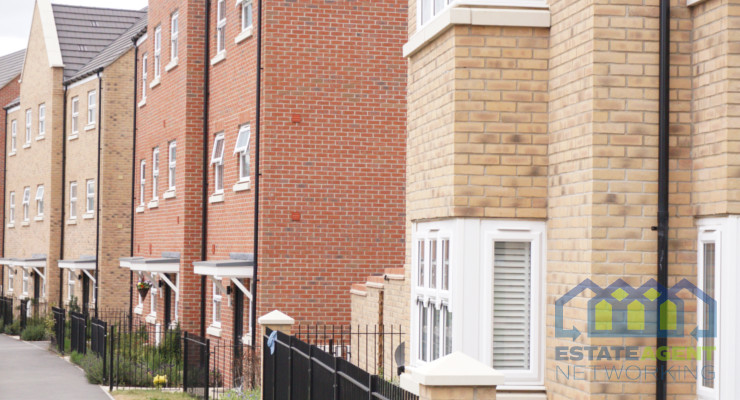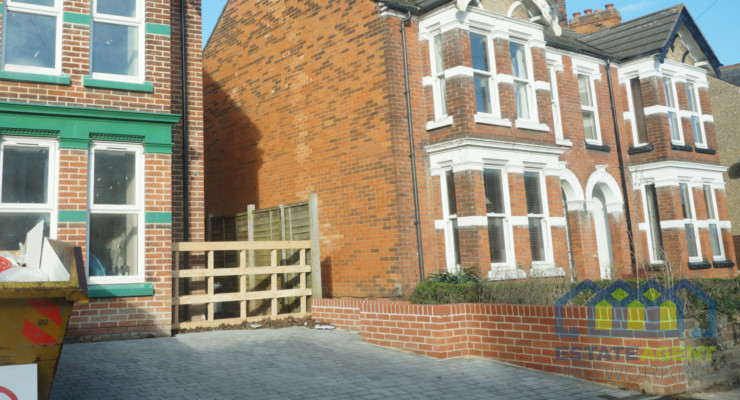British new-build demand sees quarterly decline
The latest new-build market insight from Property Inspect has revealed that buyer demand for new-build homes remained largely static between the first and second quarter of this year, although buyer appetites for new homes remained robust in a number of major cities.
The New-Build Demand Index (Q2 2025) from Property Inspect provides a view of the current new-build market, measuring demand based on the proportion of new-build homes marked as sold subject to contract as a proportion of total market for sale stock.*
The data reveals that demand for new-build homes stood at 18.2% in Britain in Q2 2025, marking a quarterly decline of -0.2% and an annual drop of -1.7%.
Among the nation’s major cities, Q2 new-build demand was at its highest In Southampton where 35% of listings were SSTC, followed by Portsmouth (28%), Sheffield (20.6%), Glasgow (19.5%), and Bristol (19.1%).
Meanwhile, demand was at its lowest in Swansea (1.1%), Liverpool (3%), and Aberdeen (4.3%).
Quarterly new-build demand growth
The strongest quarterly growth in new-build demand in Q2 was recorded in Portsmouth, where demand increased by +16.2% compared to Q1.
This is followed by Glasgow (+6.6%), Cardiff (+6.3%), Southampton (+6.2%), and Birmingham (+2%).
Meanwhile, quarterly demand fell most sharply in Aberdeen (-10%), Bournemouth (-7.5%), and Newport (=6%).
Annual new-build demand growth
As for the annual change in new-build demand, Glasgow saw the biggest increase with demand rising by +14% compared to Q2 2024.
This is followed by Portsmouth (+13.7%), Edinburgh (+2.4%), Aberdeen (+1.7%), and Newcastle (+0.9%).
However, 14 of Britain’s major cities have seen new-build demand fall over the past year, none more so than Bournemouth (-21.2%), Newport (-17.5%), and Plymouth (-13.1%).
Siân Hemming-Metcalfe, Operations Director at Property Inspect, comments:
“New-build demand has remained static on a quarterly basis, but activity in many major cities highlights that buyers are still transacting, even in the face of higher price points. This steady performance demonstrates a clear recognition among purchasers of the long-term value that new, modern homes can offer, particularly in urban centres where demand for high-quality, energy-efficient living spaces remains strong.
Despite wider economic caution, many buyers continue to prioritise the benefits of new-build properties, from lower maintenance requirements and enhanced energy performance to contemporary layouts and developer guarantees. The willingness to pay a premium in these city markets reflects growing confidence in the product and a clear appetite for homes that meet today’s lifestyle and sustainability expectations.
This trend is a positive signal for the sector, showing that buyers are not simply price-sensitive, they are discerning. Where the offering aligns with modern needs, demand remains resilient. As affordability continues to gradually improve and sentiment strengthens, the new-build market, particularly in key city locations, looks well-placed to capitalise on renewed buyer interest.”







